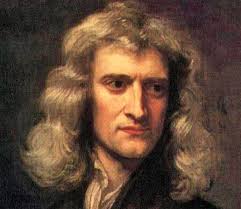The Renaissance Period ranging roughly from the 13th century to the 17th century marked the beginning of a new age of profound development in the fields of science and technology, art & literature, and overall human perception of life itself.
Renaissance meaning “rebirth” encompassed the free flow of ideas and growth in literacy at large. As a result of which, there was a rise in intellectuals who embraced these new ideas and made more inventions that resulted in some serious changes in the future of mankind.
Renaissance Scientific Revolution
Contents
Italy was the birthplace of the Renaissance movement. The Renaissance period is often referred to as the ‘Scientific Renaissance’ because of the reawakening of modern science, astronomy, mathematics, and technology.
The Scientific Revolution started during the early 17th century. The new thinkers embraced the Greek and Roman scientific ideologies and that became the foundation of new science. Some key ideas that contributed towards the Scientific Revolution include:
- Scientists realized the inadequacy of traditional experimental methods and accepted the need for a systematic research-based scientific study.
- Two distinct methods of scientific study came into being. The “rationalist method” adopted by René Descartes where his studies were based on reasons alone and the “Baconian method or scientific method” adopted by Francis Bacon who believed entirely on scientific evidence.
- Study of human anatomy by dissection of corpses.
- Discovery and study of magnetism and electricity.
- Discovery of scientific tools like mercury barometer, steam digester, and telescope.
- Differentiation between the different lines of medicine like dentistry and chemistry.
The Copernican Revolution
The Copernican Revolution is an important landmark in the history of Renaissance science.
Polish astronomer Nicolaus Copernicus established the fact that Earth is just another planet which is orbiting the sun on its own axis once every 24 hours.
He kept this idea within himself for 30 years in fear of being opposed by the orthodox Vatican church and finally published his book Nicholas Copernicus’s “De revolutionbus orbium coelestium” in 1543.
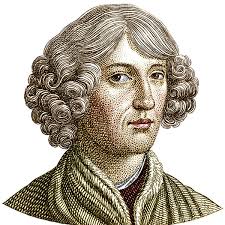
Renaissance Inventions that changed the World
Steam Engine
Sir Thomas Savery first developed the water pump-driven Steam Engine and constructed the first model in 1698. He named it the ‘Fire Engine’ and donated a working model to the Royal Society of London.
It was based on Greek mathematician “Hero of Alexandria’s” model of steam engine. Later on, Thomas Newcomen developed a better version and named it “Atmospheric Engine”.
The Printing Press
Johannes Gutenberg, a German goldsmith developed the first “Printing Press” in 1440 AD. Metal letters were attached to the printing plate and printing ink was used under high pressure to create an impression on the paper. It printed 42 lines per page. Copies of Holy Bible printed by Gutenberg’s press are still kept in archives.
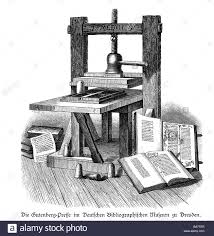
Telescope
Galileo Galilei was one of the prominent astronomers and physicist of those times. He invented the telescope. A Dutch lens maker first invented an instrument which could see far-off objects. Based on that idea, Galileo invented his first telescope in 1609.
His telescope had the magnification power of 30. Using this telescope Galileo discovered that Jupiter has 4 moons and part of the Milky Way.
Mechanical Clock
Filippo Brunelleschi was an Italian architect and designer and invented the first mechanical clock in 1410. The clocks were portable, much smaller in size and were spring driven. Later in 1581, Galileo invented the pendulum.
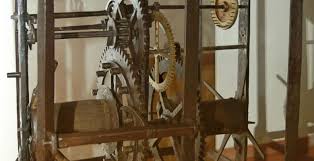
Eye Glasses
Salvino D’Amate of Florence developed the first eyeglasses in the year 1284. Paintings of the late 13th century often depicted people holding or wearing eyeglasses. Eyeglasses were only worn by the elite. In 1456, reading glasses became popular. They were made of bone, lead, copper, wood, and leather.
Flush Toilet
The Flush toilet, a radical invention of modern times was invented by Sir John Harrington in 1596. He designed a mechanism where a valve will release the water from the water closet. Queen Elizabeth, I became so impressed with the idea that she installed one in her Royal Palace.
Gunpowder
Gunpowder was first introduced in China around 850 AD and was used mainly for fireworks. Later, in the early 12th century, people started using it for weapons. In Europe, gunpowder was first used in the Battle of Crecy in 1346.
Barometer
Evangelista Torricelli, an Italian physicist, and mathematician developed the first mercury barometer in the year 1644. He invented that an increase in pressure in the glass tube can raise the mercury level indicating a higher measurement.

Renaissance Scientists and Inventors
Johannes Kepler
Johannes Kepler was a German astronomer and he developed three major laws of planetary motion called the Kepler’s laws of planetary motion.
The laws established the fact that all planets revolve around the Sun in elliptical orbits, the Sun being in one of the two foci. He further added that the Sun and the planets project equal areas in equal lengths of time. His third law stated that the square of the orbital period of a planet is proportional to the cube of a semi-major axis of its orbit.
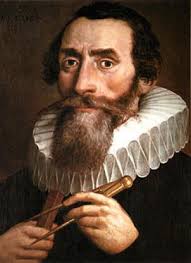
Leonardo da Vinci
Leonardo da Vinci, one of the greatest Renaissance Man was a master of all trades. He was an exemplary artist, architect, scientist, and inventor.
During his 65 years of life, he made some major discoveries that changed the course of history.
Da Vinci was fascinated by the idea of a man flying. The parachute and the flying machine were two of his greatest inventions by far. Vinci’s first parachute was a pyramid-shaped wooden structure draped with cloth that will slow down the fall of a man.
Vinci conceived the idea of his first flying machine the “ornithopter” based on his sketches made from the study of birds.
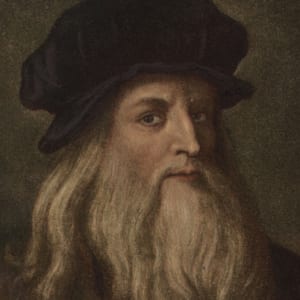
Sir Isaac Newton
Sir Isaac Newton, one of the prominent scientific reformers of the New World came into limelight with his “Theory of Motion” and “Universal Gravitation” which became the foundation of modern physics.
Much of Newton’s findings were influenced by Galileo’s observations and studies on Universe and planetary movements.
In mathematics, Newton invented the infinitesimal calculus and binomial theorem. In 1687, Newton published his the “Philosophiae Naturalis Principia Mathematica” which also contains the detailed summary of his three Laws of Motion.
